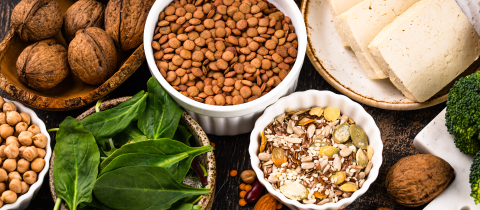Red signifies danger in many cultures. From a distance, green is highly visible by day. At night, yellow is easier to see. That briefly explains the choice of colours on every traffic light. But what makes lights emit those colours in the first place?
Traffic lights previously used incandescent bulbs. Incandescence means light produced by heat. An electric current passes through a thin wire until it glows. In recent decades, most of these lights have gradually been replaced by light-emitting diodes (LEDs.) LEDs are made of semiconductors that convert electrical energy into light without generating large amounts of heat. As electricity passes through these materials electrons get excited and emit photons, tiny packets of light.
The first law of thermodynamics states that energy can neither be created nor destroyed, just converted from one form to another. All the energy put into traffic lights is either converted into light or heat. Incandescent bulbs require much more energy input compared to the LED alternative due to all the heat output. This can also make them fire hazards. LED traffic lights last longer and are equipped with reflectors so that if one LED fails, the colour still comes through.
But how do LEDs produce different colours? LEDs can emit light of different colours depending on how much energy gets released when an electron gets excited, which all depends on the material of the semiconductor. A simpler way to produce light of different colours, both for incandescent and LED bulbs is by letting them shine through coloured glass. To create coloured glass, any impurities must first be removed, much like wiping a whiteboard clean before writing something new. This is done by adding decolorizers, chemicals such as manganese oxide that remove iron and sulfur compounds from molten glass by turning them into solids and separating them from the liquid. The addition of pigments such as oxides of metals (tin, antimony, cobalt, uranium) or various compounds of sulfur, copper or selenium produce different colours. Uranium oxide, for example, can produce green hues and gold chloride makes for a red tint. The green in older traffic lights often has a blue hue because incandescent bulbs produce yellow light as they glow. Yellow plus blue makes green!
Next time you’re stopped at an unbearably long red light, just think of all the amazing chemistry and physics that prevent collisions and allow pedestrians to cross streets in safety.
Haleh Cohn just finished her first year at McGill University and is interested in the health sciences.







